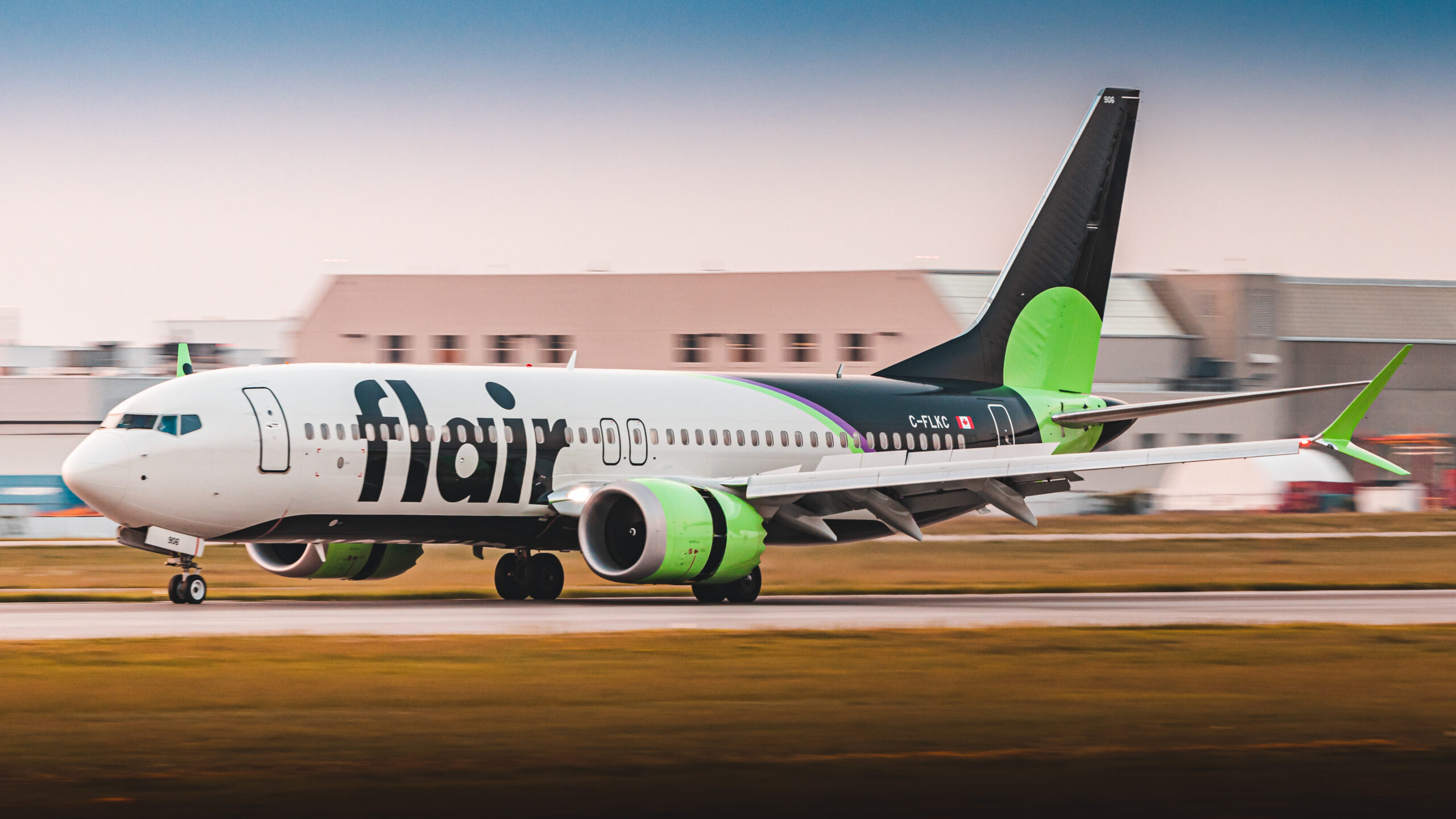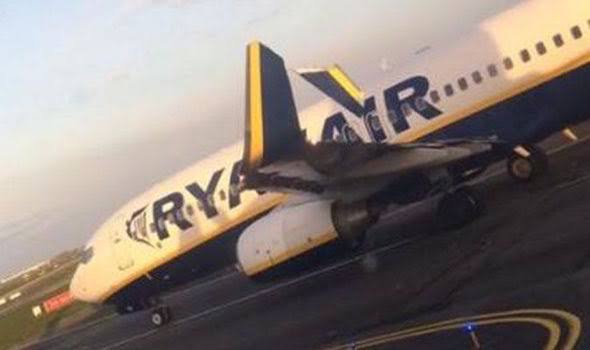Flair Airlines Suspends All Flights Until May Amid Operational Challenges
Flair Airlines Suspends All Flights Until May Amid Operational Challenges
Flair Airlines has announced the temporary suspension of all its flight operations, citing a complex mix of operational and logistical challenges. The sudden halt has left passengers, staff, and industry observers questioning the underlying causes, as well as the long-term implications for one of the region’s fastest-growing ultra-low-cost carriers.
The airline released a brief statement confirming the suspension, stating that all flights will be paused until May. While the exact details remain limited, sources within the aviation industry suggest a range of issues contributing to this decision — from fleet management difficulties to financial strain and broader market volatility.
This unexpected development comes at a time when many carriers are ramping up operations in anticipation of the spring and summer travel season. The grounding of Flair’s fleet, even temporarily, is seen as a major disruption, not only to the travel plans of thousands of passengers but also to the competitive dynamics of the domestic airline market.
Passenger Impact and Public Response
In the wake of the announcement, passengers expressed frustration and confusion over canceled flights, lack of communication, and uncertain refund timelines. Many were reportedly left stranded or forced to book alternative travel at higher costs with other carriers. While the airline has promised full refunds or travel credits, some affected customers report delays in receiving confirmations or clarity about future rebooking options.
Airline call centers and social media platforms have been inundated with inquiries and complaints, with customer service agents working overtime to address the spike in demand. The abrupt nature of the announcement has intensified public scrutiny, with many questioning the airline’s preparedness and crisis communication strategy.
Behind the Suspension: Operational and Logistical Headaches
Industry insiders point to a series of escalating operational challenges that may have led to this dramatic pause. Among them is an ongoing shortage of available aircraft, compounded by delays in maintenance cycles and parts availability. With global supply chains still recovering from previous disruptions, sourcing aircraft components and securing certified maintenance personnel has become increasingly difficult for smaller airlines.
Additionally, there are rumors of strained relations with key partners, including aircraft leasing companies and airport authorities. Such tensions can significantly hamper an airline’s ability to operate smoothly, particularly when operating on thin margins typical of ultra-low-cost business models.
Compounding these issues is the airline’s ambitious route expansion strategy in recent months, which may have stretched resources too thin. Rapid scaling can sometimes outpace infrastructure and staffing capabilities, leading to reliability concerns. If an airline is unable to meet its service expectations consistently, it risks losing customer trust — a particularly dangerous scenario for budget carriers that rely heavily on volume and repeat travelers.
Financial Pressures Mounting
Although the airline has not publicly disclosed any financial distress, aviation analysts have speculated that the halt in operations could be a cost-containment measure. Grounding flights, while a last resort, may offer a temporary reprieve from high operating expenses, including fuel, landing fees, crew salaries, and aircraft lease payments.
Some experts suggest the carrier might be undergoing an internal restructuring process, possibly involving renegotiations with creditors, investors, or stakeholders. It’s also possible that the airline is seeking short-term capital injections to stabilize operations before returning to the skies.
This wouldn’t be the first time an airline has paused operations to recalibrate its finances. The ultra-low-cost model is notoriously unforgiving, and even minor shifts in market conditions — such as fluctuating fuel prices or a sudden dip in demand — can create major financial ripples. For a relatively new entrant still building its brand and route network, these challenges are often magnified.
Industry Response and Competitor Moves
The temporary suspension by Flair has caught the attention of competitors, some of whom have already moved quickly to fill the service gaps. Other carriers have begun increasing capacity on routes previously served by Flair, offering limited-time deals to affected passengers. This quick response not only helps stabilize travel demand but also provides an opportunity for rival airlines to gain market share.
Industry associations and regulatory bodies have issued statements urging transparency and support for affected travelers. In some cases, travel insurance providers have stepped in to cover losses resulting from the flight suspensions, although the extent of coverage varies depending on policy terms.
Airline unions and staff associations have also raised concerns, particularly about job security and working conditions. With flight operations halted, hundreds of pilots, cabin crew, and ground personnel face an uncertain few weeks. While the airline has not announced layoffs or furloughs, the temporary pause leaves many employees in a precarious position.
What’s Next for Flair?
Looking ahead, the airline has committed to resuming operations in May, though it remains unclear whether this will involve a full restoration of previous routes or a more scaled-back approach. Executives have promised that internal evaluations are underway to improve operational resilience and customer service protocols.
Travel analysts suggest that when Flair returns, it may do so with a renewed focus on core routes and enhanced service reliability. The current setback, while significant, could serve as a turning point if managed strategically. However, regaining public trust and reestablishing route consistency will be key.
In the meantime, the airline is likely to face intensified scrutiny from regulators, partners, and passengers alike. Transparency around the root causes of the suspension, clear communication about next steps, and tangible improvements in service delivery will be critical to restoring its reputation.
Broader Implications for the Low-Cost Carrier Market
Flair’s situation highlights the fragile nature of the ultra-low-cost carrier model, particularly in a region with vast geography, variable demand, and high operating costs. While the promise of affordable air travel has democratized access and disrupted traditional carriers, it has also introduced new risks related to reliability and sustainability.
Other budget airlines will no doubt be watching closely, as Flair’s challenges could signal deeper structural issues within the sector. Investors and policy makers alike may take this moment to reassess the regulatory frameworks and economic pressures shaping the aviation industry.
This development also reignites conversations about airline accountability and consumer protection. When an airline suspends operations without significant notice, passengers are often left with limited recourse, especially when booking with carriers that lack interline agreements or robust customer service infrastructure.
Conclusion
The suspension of Flair Airlines’ operations marks a critical moment in the ongoing evolution of the low-cost travel sector. As the airline works to stabilize and return to the skies, passengers, employees, and competitors are left navigating the turbulence of uncertainty.
Whether Flair can recover and adapt remains to be seen. But one thing is clear: in today’s highly competitive and rapidly shifting aviation landscape, even short-term setbacks can have long-term consequences.






